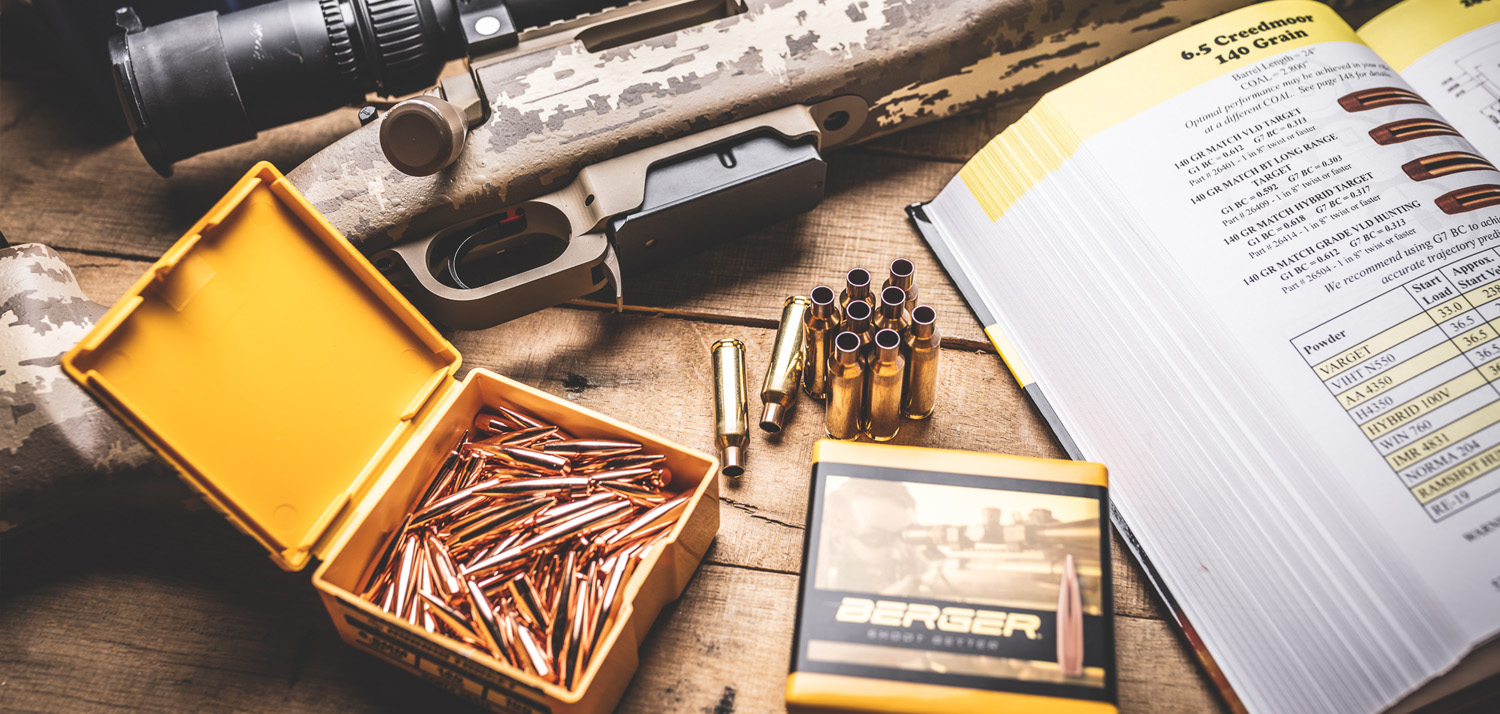A concept doesn't mean shit and you are rattling off bullshit that has zero practical applicability. Go look at the any of the small arms museums and collections. Take a drive to the navy yard and ask Jay Thomas ( chief of naval collections branch) for a tour of the vault. You will see no such structured barrels or similar from small arms up to the naval artillery guns. Some weird air cooled shit from ww1/ww2 but anything modern where we actually understand this shit is just a tube. I've been through every corner of that collection and out off all the prototypes and rare shit....no structured or similar barrels out of thousands of guns. If you could wring the baker bullshit claims out of a tube....it would be used by someone. It's not becuase it's all horseshit.
You are making the claims of an ignorant fool and have the balls to call someone else an idiot...
Agreed... nothing made it into production in any meaningful way. And I was going to address this in a post asking about where the concept had been used....
I can say without question that it was examined through the 1990's and into the 2000's for gatling gun barrels. It was also being examined by Dr. Gerald Bull at his labs in Vermont much earlier. Some of his alumni ended up working with us. I can't say for sure, but I am willing to bet that similar studies and examinations were made at Watervliet and NRL and Crane, etc. because we were basing our small arms work on concepts first created for artillery dating back decades. More on this below.
Some of the benefits that John Baker has discussed did prove out in testing. BUT... The machining costs and the difficulty, at the time, of making any kind of structured barrels was simply a non-starter. At the same time, we were doing things with carbon fiber. Similarly issues with the nascent technology made it a non-starter. For the cost machining out a single structured barrel, you could make several 'standard' barrels and make them throw-away. And simply replace after a certain number of rounds for the 'incremental' benefit gained through structure.
Most of the information on this stuff, at the time, was either internal use or classified. BUT I am willing to bet that today a FOIA request or a search would find it's now available or could be taken out from its classification. Because, really, it's not a gamechanger in the military world. And if it's not a gamechanger, noone cares if it's public.
It's still expensive! No doubt about that. But folks who are shooting them seem to extoll their virtues. Are we just 'fanboys' justifying our expenditure? Maybe. Or maybe not. Which is why I was pleased to see your willingness to do quantitative analysis.
As for why the concept never caught on in artillery barrels and heavy barrels? The answer was pretty simple. Computers. Engineers years ago figured out that software could take much simpler designs and make them perform in a way that a physical engineere (materials, machining) could not approach realistically or cost-effectively, or in terms of weight. But fitting a laser to a barrel to measure droop, round counts, heat sensors, humidity and moisture detectors, altitude detectors... all that sort of thing can be hung on to a simple tube and then the key function of (repeatability) can be done with servos, laser targeting and software logic. Using technology that pre-dates the 486 chip. It's one of the reasons that the Abrams can shoot accurately, on the move, with a smooth bore gun.
We see the same thing with modern car design (no, not bringing up EFI!)... which is that many cars with their 'sensor' systems turned off are almost un-driveable. But why a new minivan will just about out-handle a Ferrari from the 1990's! In place of 'Colin Chapman" level chassis engineering, you have software. Is it better or worse? There's arguments to be made on both sides. It's far better in terms of cost/performance. It is not better in terms of cost or reliability... especially if your car goes into limp mode. As with anything, there are tradeoffs!
Going back to the structured barrel, the reason that folks seem to be interested in TACOM's approach to a barrel is that they have come up with ways to machine barrels in a way that provides benefits and performance of a larger, heavier, bigger diameter barrel with a form factor and weight that makes it fit in our world of 'tactical' rifles. In other words... not bolted to a bench or in a science lab. And the practicality of 'wiring up' our rifles with Abrams or Paladin-like software and sensors is not practical, either. That said, I won't argue for a moment that fundamentals ranging from wind and mirage reading to extensive shooting experience almost certainly make more of a difference to the average shooter than a structured barrel. And that the advent of ballistic computers, Kestrals, 'smart scopes' and the like have had a greater effect on precision marksmanship, I don't think John Baker is selling barrels to the 'average' shooter, either. (Also not saying above average... but to folks who want to try a different rabbit hole of precision shooting.) We won't see these on deer rifles!
Anyway, as I said, I appreciate your approach of stepping up and buying one and doing the quantative testing that I'm not equipped to do and that noone who is competing with them is inclined to do. And if your numbers say my 'qualitative data' is wrong, then it's wrong. That's the value of this place. Because it's a forum for discussion to advance the science of ballistics. And finding out that 'something' doesn't work is, in fact, advancing the science. Because you find out a way of not doing things... and move on to other ways of doing things.
Cheers,
Sirhr



